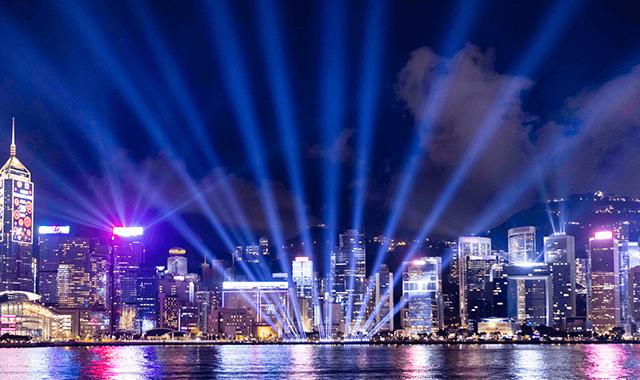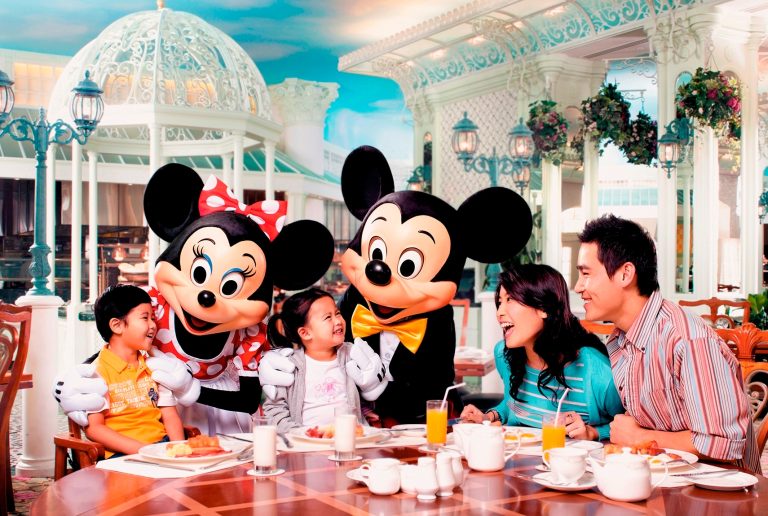Hong Kong’s tourism sector is staging a remarkable comeback, with visitor numbers surging and innovative strategies emerging to attract global travelers. In the first eight months of this year, the city welcomed 33.2 million visitors, representing a robust 12 percent increase compared to the same period last year.
The recovery is particularly impressive given the challenges of recent years. Mainland Chinese travelers continue to drive this growth, comprising nearly 80 percent of total arrivals with an 11 percent increase. International visitors are also making significant strides, with non-mainland travelers growing by 16 percent. A standout demographic is travelers from the Middle East, who have seen a remarkable 40 percent surge, bringing 54,000 visitors who spend an average of HK$14,000 per person—almost double the overall visitor spending average.

At the heart of Hong Kong’s tourism strategy is an innovative approach that leverages the city’s unique financial landscape. During a recent Legislative Council meeting, financial sector lawmaker Robert Lee Wai-wang proposed an intriguing concept: “financial tourism.” Drawing inspiration from iconic attractions like New York’s Wall Street Bull, he suggested creating a financial museum that would showcase Hong Kong’s economic prowess.
Rosanna Law Shuk-pui, the Secretary for Culture, Sports and Tourism, responded enthusiastically to this idea. She recognized the potential of transforming the city’s financial landmarks into tourist attractions. Iconic locations like the International Finance Centre Two and the Hong Kong Monetary Authority, with their striking architecture and impressive views, could become compelling visitor destinations.

However, current strict access controls present a challenge. Law acknowledged this limitation but proposed creative solutions, such as guided group tours and advanced booking systems that would allow limited independent traveler access. These approaches could transform Hong Kong’s financial districts from restricted corporate zones into engaging tourist experiences.
The city’s tourism revival extends beyond financial attractions. Plans are underway to reinvigorate the popular “A Symphony of Lights” harbor light show. While details remain preliminary, Law hinted at potential policy relaxations that could enhance the spectacle, signaling the government’s commitment to creating more dynamic visitor experiences.

The cruise tourism sector is another bright spot, with 188 cruise ship arrivals expected this year—a 20 percent increase from the previous year. As the operating contract for the Kai Tak Cruise Terminal approaches its 2028 expiration, the government is preparing to initiate a tender process for a new operator, demonstrating long-term strategic planning.
These multifaceted initiatives reflect Hong Kong’s sophisticated approach to tourism recovery. By strategically combining financial heritage, iconic infrastructure, and innovative visitor experiences, the city is positioning itself as a dynamic, must-visit destination.
The data tells a compelling story of resilience and strategic thinking. From the surge in Middle Eastern visitors to the potential transformation of financial districts into tourist attractions, Hong Kong is not just recovering—it’s reimagining its global appeal. As travelers seek unique, immersive experiences, the city seems poised to offer something truly distinctive.
For international travelers and tourism professionals alike, Hong Kong’s current trajectory offers a fascinating case study in destination development. By embracing its strengths and thinking creatively about visitor engagement, the city is charting an innovative path forward in the global tourism landscape.








